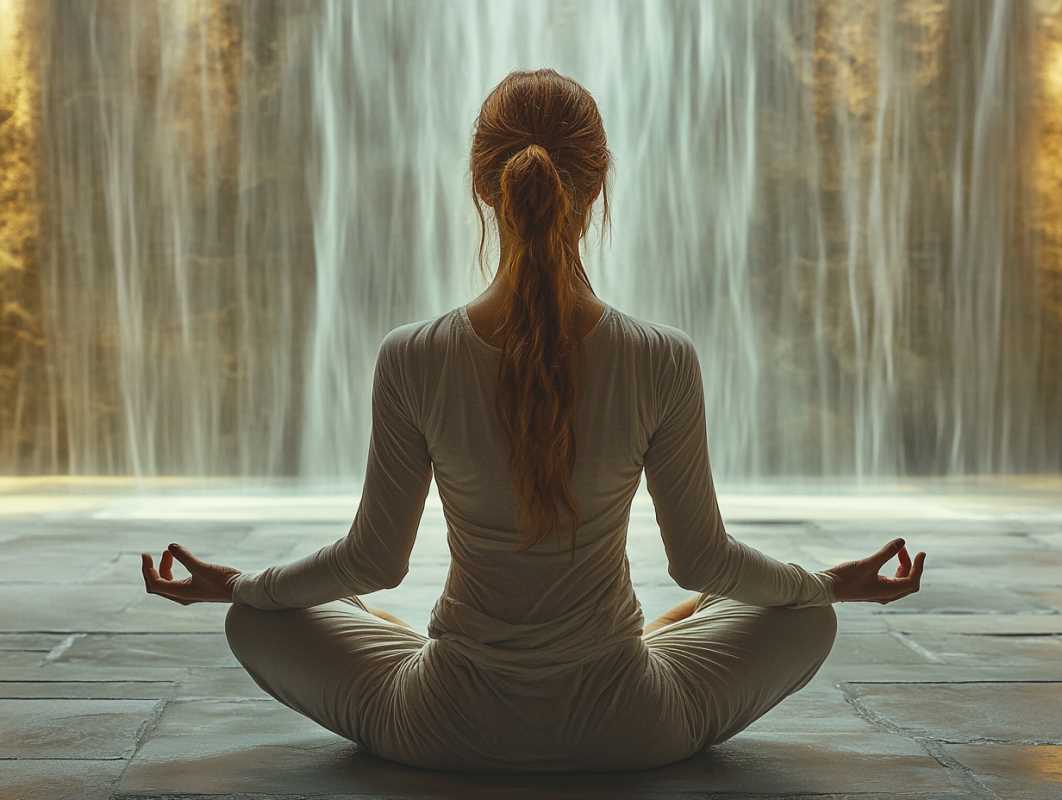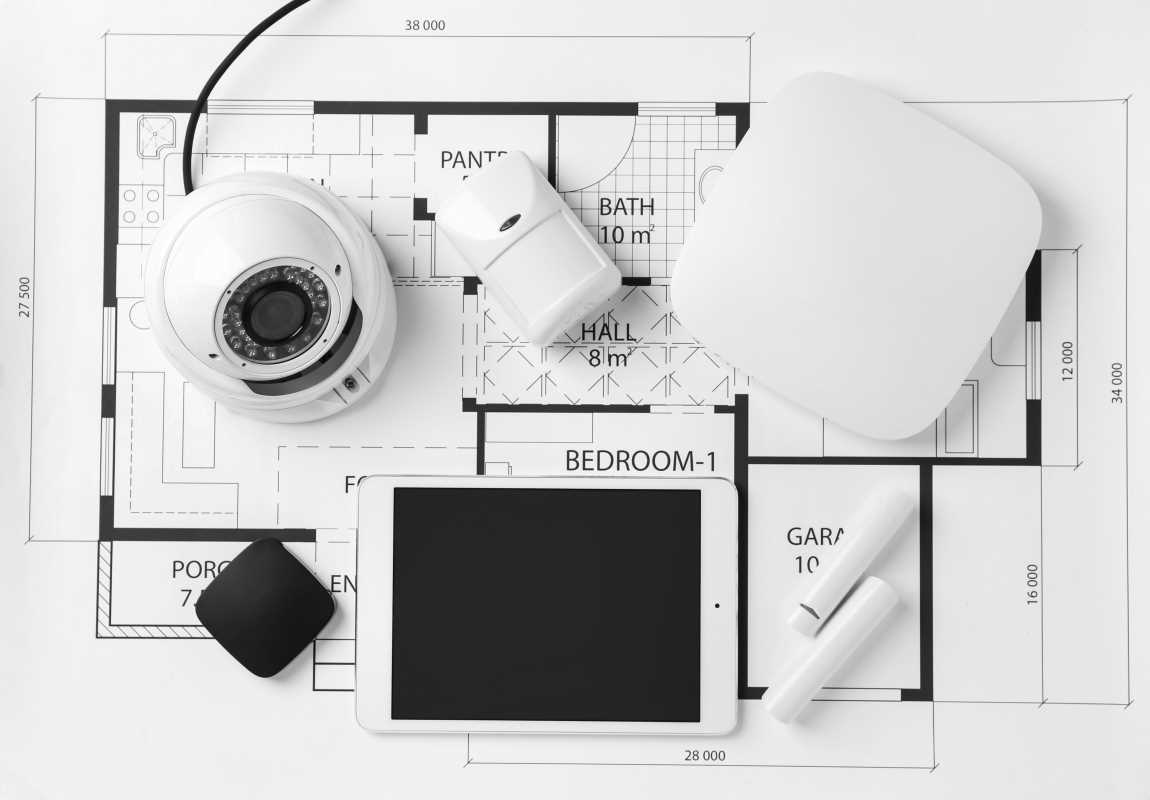It’s easy to feel overwhelmed by lingering worries at the end of the day. Many people experience stress buildup during the evening, when there are fewer distractions and more time to reflect on the day’s events. Guided meditations are a simple way to manage that stress, helping the mind shift into a more relaxed state. This article explores the idea of winding down at night with meditation, showing how you can create a comfortable space for it, choose techniques that fit your lifestyle, and make it part of a regular routine.
Understanding Evening Stress Triggers
Most evening stress comes from the mental clutter we carry over from earlier hours. Unfinished tasks, work pressures, and personal concerns often gather momentum when everything else is quiet. Screen time can also play a big part in heightened tension if you’re scrolling through social media or responding to late-night emails. By identifying these triggers, you’ll know what you’re dealing with and can begin creating a plan to manage them. Acknowledging the source of stress is usually the first step toward letting go of it.
Another key factor is the body’s natural response to fatigue after a busy day. When you’re tired, it’s tougher to maintain perspective on your worries, and it’s easy to fixate on them. Practicing awareness around what sets off your stress can lay the groundwork for effective meditation sessions.
Benefits of Guided Meditations
Guided meditations can be especially helpful in the evening because you don’t have to figure out the process alone. A soothing voice leads you step by step, helping you refocus your thoughts and release tension. This structure makes it simpler for beginners or anyone who finds it challenging to sit still with an overactive mind.
Many have found that guided sessions lower stress levels, encourage deeper rest, and even improve mood. You might explore a session like the
Relaxing Evening Meditation To Review Your Day for a friendly, step-by-step approach. It can serve as a helpful starting point if you’re looking for a practical, ready-made recording to wind down.
Setting Up Your Ideal Meditation Space
A peaceful setting is crucial for a relaxing meditation experience. The goal is to create an environment that makes it easier to stay calm and focused. Here are a few helpful tips:
- Dim the lights to encourage your mind and body to settle
- Use subtle scents like lavender or chamomile to enhance a feeling of calm
- Limit background noise by turning off notifications, or use gentle music if it helps you feel at ease
- Choose a comfortable seat where you can maintain an upright but relaxed posture
Sticking with a consistent space over time can help train your mind to associate that spot with serenity. Even something as simple as placing a soft blanket over your lap or lighting a single candle can shift the vibe in your room.
Choosing a Meditation Technique
Meditation isn’t a one-size-fits-all practice. Different techniques exist, and picking the right one makes the experience much more meaningful. Here are three you might want to try:
- Body Scan - Focus on each part of your body, moving from head to toe or toe to head. Notice areas of tension and gently release them.
- Visualization - Imagine a calm scene, like a beach at sunset or a peaceful forest. Envision all your worries drifting away as you focus on this mental image.
- Focused Breathing - Pay attention to your breath moving in and out. Count the duration of each inhale and exhale to anchor your thoughts in the present moment.
Integrating Evening Meditation Into Daily Routines
Once you’ve found a technique you like, consider weaving it into your regular schedule. Setting a specific time helps form a habit—maybe right after your evening shower or half an hour before bed. If you rely on reminders, a quick phone alarm can be just the nudge you need to stay consistent.
It also helps to look at overall lifestyle. Creating a balanced day may lower your stress load by nighttime. Setting boundaries or planning small breaks could translate to a more balanced work-life, better stress management and smoother evenings.
A quick review of your day, sometimes through journaling, can also aid in letting go of lingering thoughts. Reflecting on what went well or anything that could be left for tomorrow frees your mind and reduces the urge to dwell on negative events.
Meditation can feel a bit strange at first if you’re not used to it, so treat it like a personal experiment. Try different approaches, notice what brings you the most calm, and adjust as needed. Small steps—like a five-minute session—can have a bigger impact than you might expect, especially if it becomes a nightly ritual.
Quietly tuning in before bed not only helps you unwind, but it can also give you a fresh perspective on the day’s events. Over time, you might notice a shift in your emotional balance, finding that worries don’t overwhelm you as much.
Remember that guided evening meditations are a supportive tool, not an instant fix. Give yourself some patience and understanding as you build this routine.
A peaceful bedtime routine offers more than just an improved night’s rest. It can influence how you feel when you wake up the next day, putting you in a calmer, more grounded frame of mind to face whatever comes next.
In essence, guided evening meditations are a way to reclaim moments of calm in a busy world. They’re simple, accessible, and offer room for creativity. Why not experiment with these tools and see what works best for you?
 (Image source: Midjourney)
(Image source: Midjourney) 





